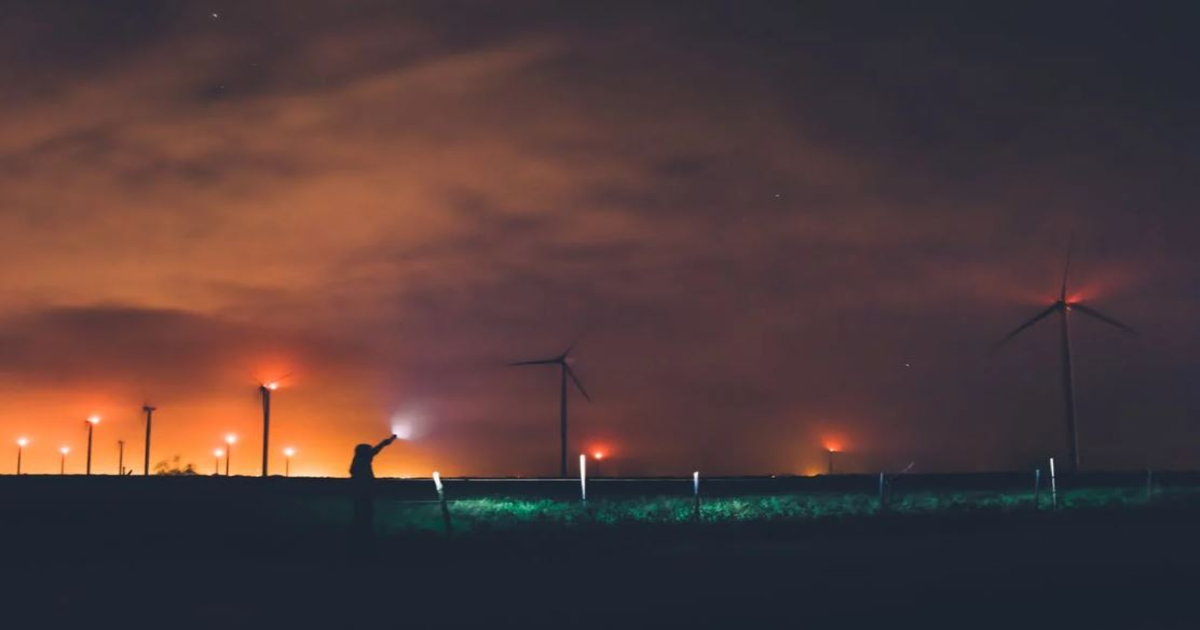With the emerging global climate challenges and depletion of fossil fuels, many countries emphasise the need for renewable energy. The global renewable energy market appears to reach $1,977.6 by 2030. In this article, you will find about the possible shifts to expect in future renewable energy trends.
1) Affordable Energy
Renewable energy resources currently account for 26 percent of global electricity production, but the IEA predicts that this figure will rise to 30 percent by 2024. The revival comes after a global slowdown in 2019 because of falling technology costs and environmental concerns. By storing electricity during the day and running at night, solar facilities will continue to reduce their variability rates, and the prices of renewable energy resources might become more pocket-friendly.
2) Growth of Renewable energy resources
Renewable electricity seems to increase by 1200 GW by 2024, equaling the total electricity capacity of the United States. Renewable energy will continue to grow in the coming decade, displacing fossil fuels and lowering greenhouse gas emissions. Renewable energy resources like hydropower, wind power, and solar power will expand swiftly.
3) Decarbonisation
There will be a transition to a clean, carbon-free world, heavily through increased use of renewables and increased penalties for using fossil fuels. Switching to renewable energy alone could prevent up to 7 million deaths from air pollution each year and slow (or reverse) the effects of global warming. Looking ahead, we may see the development of other clean energy alternatives.
4) Use of Artificial intelligence
As the number of zero-carbon energy sources grows, our energy networks will become more complex. Intelligent solutions will play a role in decentralised grids to manage fluctuating demands. Digital tools will assist us in overcoming the obstacles and bringing about much-needed changes in the energy sector. AI and predictive analytics, for example, can be used to analyse and predict demand and adjust where power comes from distributed grids.
5) High potential for green hydrogen
Green hydrogen is a fuel created by electrolyzing water using renewable energy resources such as wind or solar power rather than fossil fuels. One of the best characteristics of green hydrogen is its versatility. According to Forbes, investment in green hydrogen production seems to exceed $1 billion/year by 2023. According to Goldman Sachs, It could supply 25% of the world’s energy demand by 2050, creating a $10 trillion addressable market.
Renewable energy comes from virtually limitless resources. Using these resources allows us to extend and conserve the life of non-renewable fossil fuels, which are dangerously close to depletion. More utility-scale energy systems will spur economic growth and job creation in the manufacturing and installation industries and the sustainable energy industry. Switching to hydropower, wind energy, and solar energy can save up to seven million lives per year by lowering air pollution and reversing climate change.
It may be challenging to overhaul the energy sector. Traditional energy companies can be slow to change, owing to complications such as safety risks and the significant capital invested in existing energy assets. But change is necessary if they are to remain relevant in an increasingly competitive industry.



